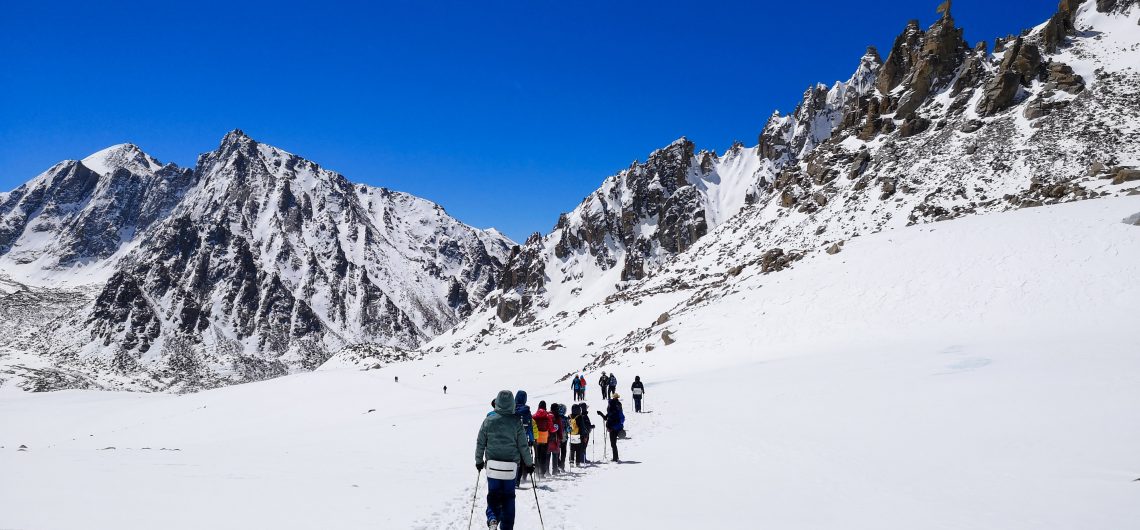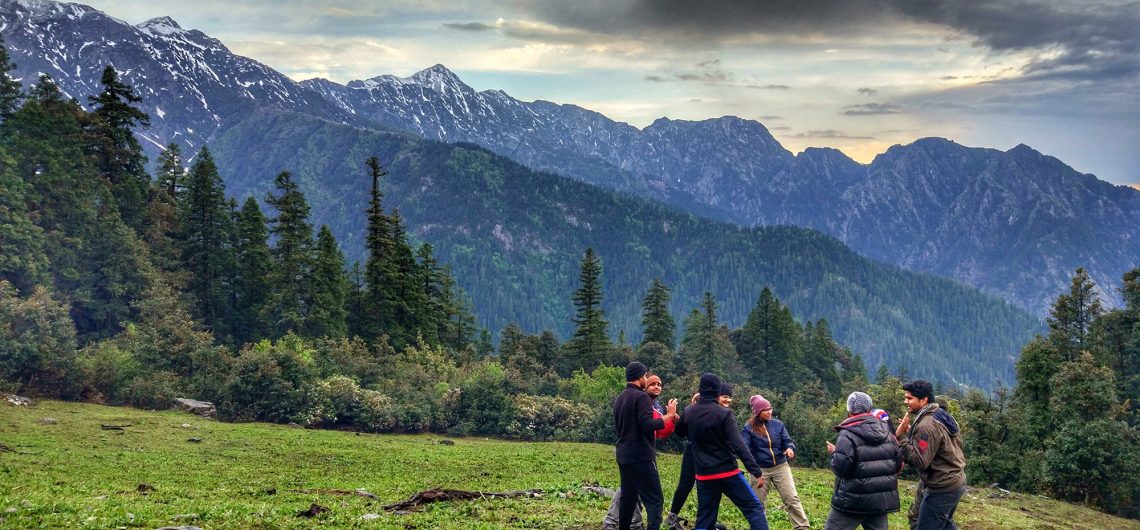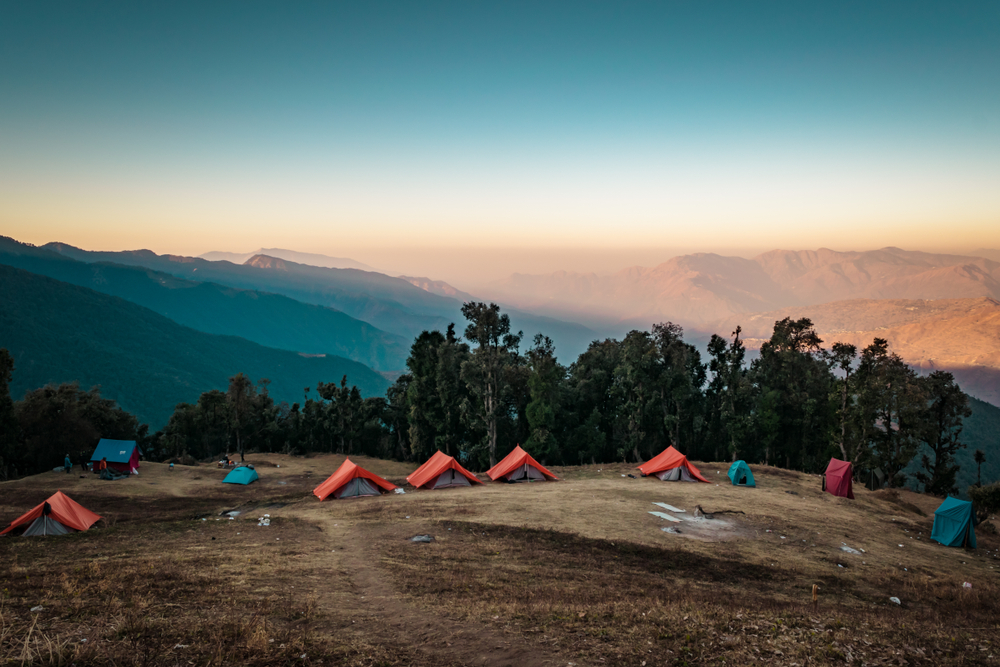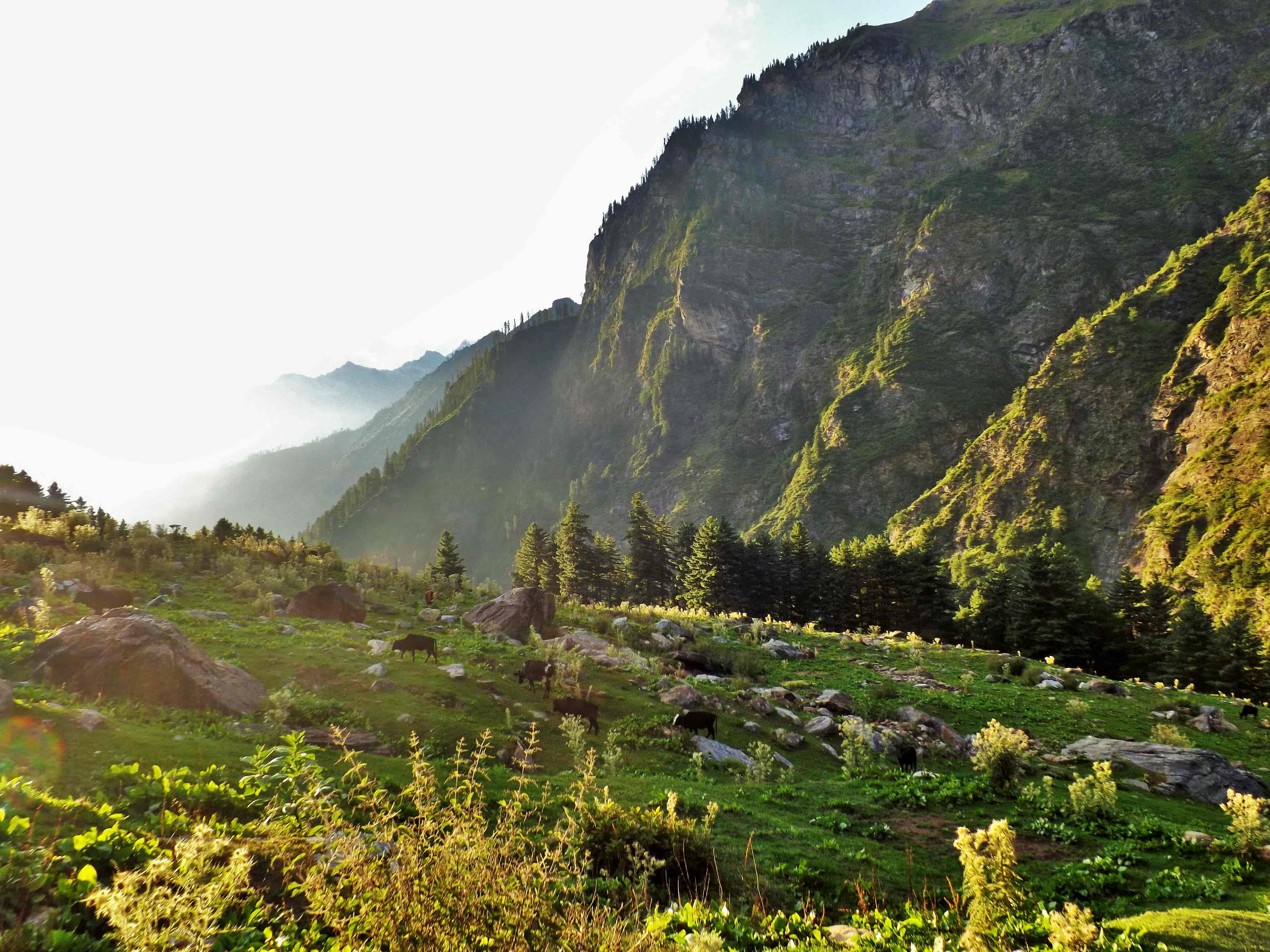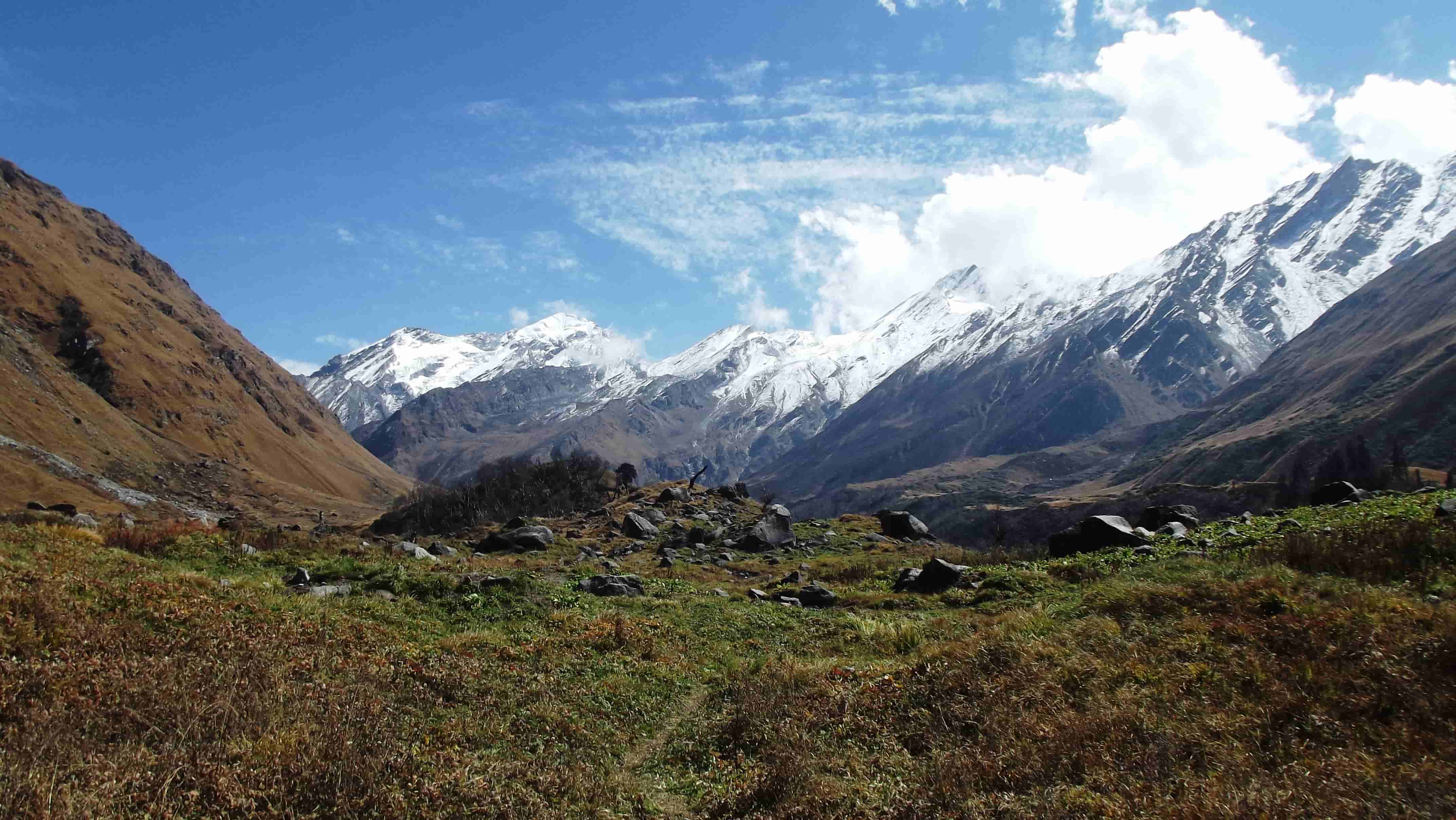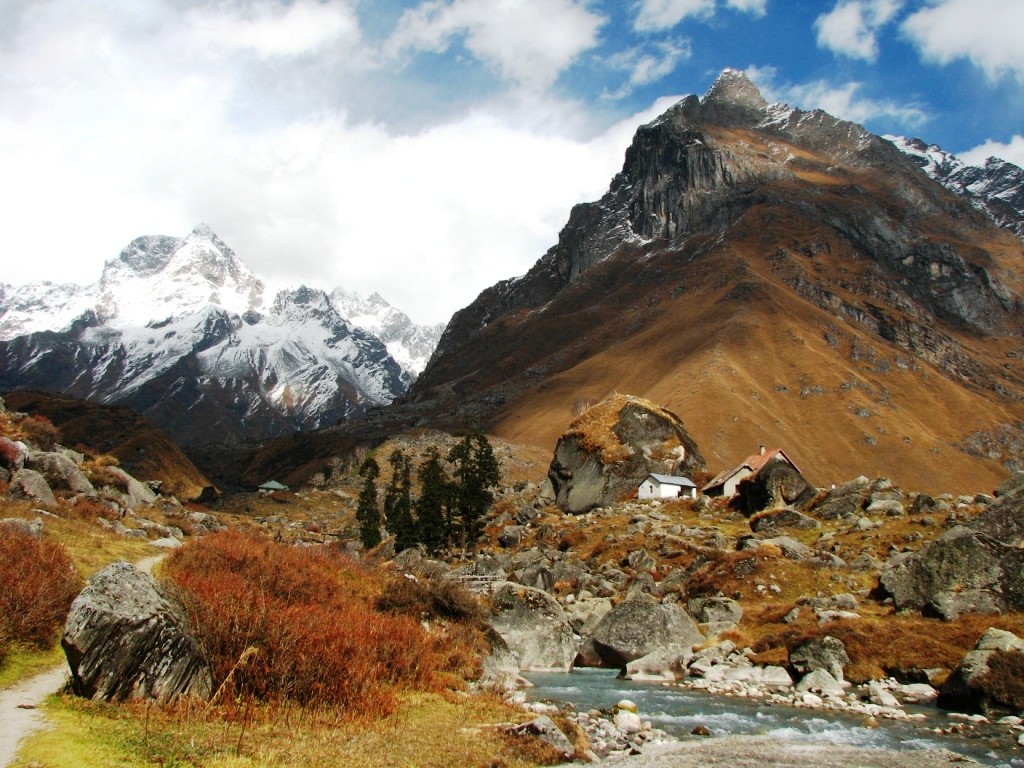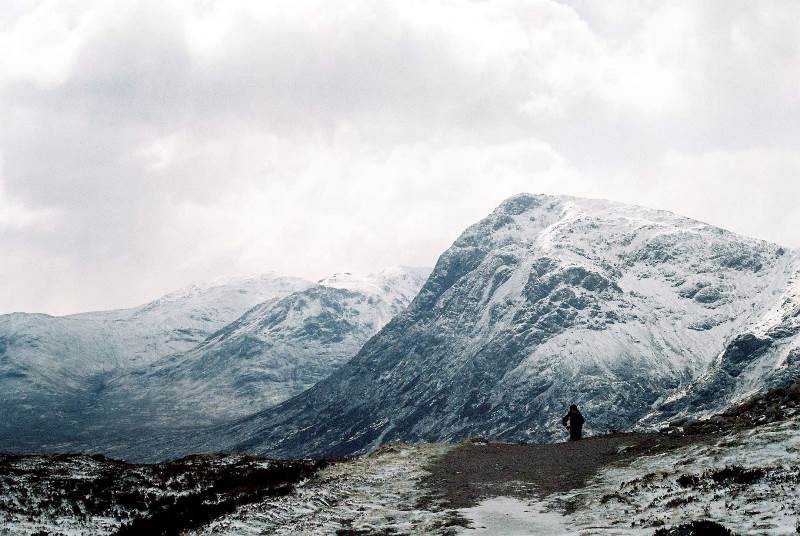You might have trekked a lot of times or you are thinking of attempting a Himalayan trek, whatever might be the case, every hiker should clear the cobwebs on acclimatization. First of all, what is acclimatization? Basically, it is the body’s process to change and adjust itself with the change in environment at high altitudes. Which means, if you’re above 8000 feet of elevation, the atmospheric pressure will decrease and the number of oxygen molecules in the air will be less.
Now this becomes a little risky for people who live near coastal areas as the vital organs are now getting less oxygen than they are used to. However, if acclimatization is done properly, after a while the body starts producing more red blood cells so as to have more oxygen in the blood. But this does not happen in the blink of an eye. It takes quite a lot of time, which can translate to days, for the body to get adapted to the new environment.

Ignoring to acclimatize yourself could end up with a medical condition called Altitude Sickness also known as Acute Mountain Sickness or AMS. The higher version of AMS is HAPE ( High Altitude Pulmonary Oedema) or HACE (High Altitude Cerebral Oedema) which is quite fatal to health. On a high altitude trek the chances of a medical facility being in proximity are quite slim. So it is really important to understand acclimatization and help your body to adapt with the changes in the environment at high altitudes. Train your sights for some tips to acclimatize yourself with ease.
Ascend slowly
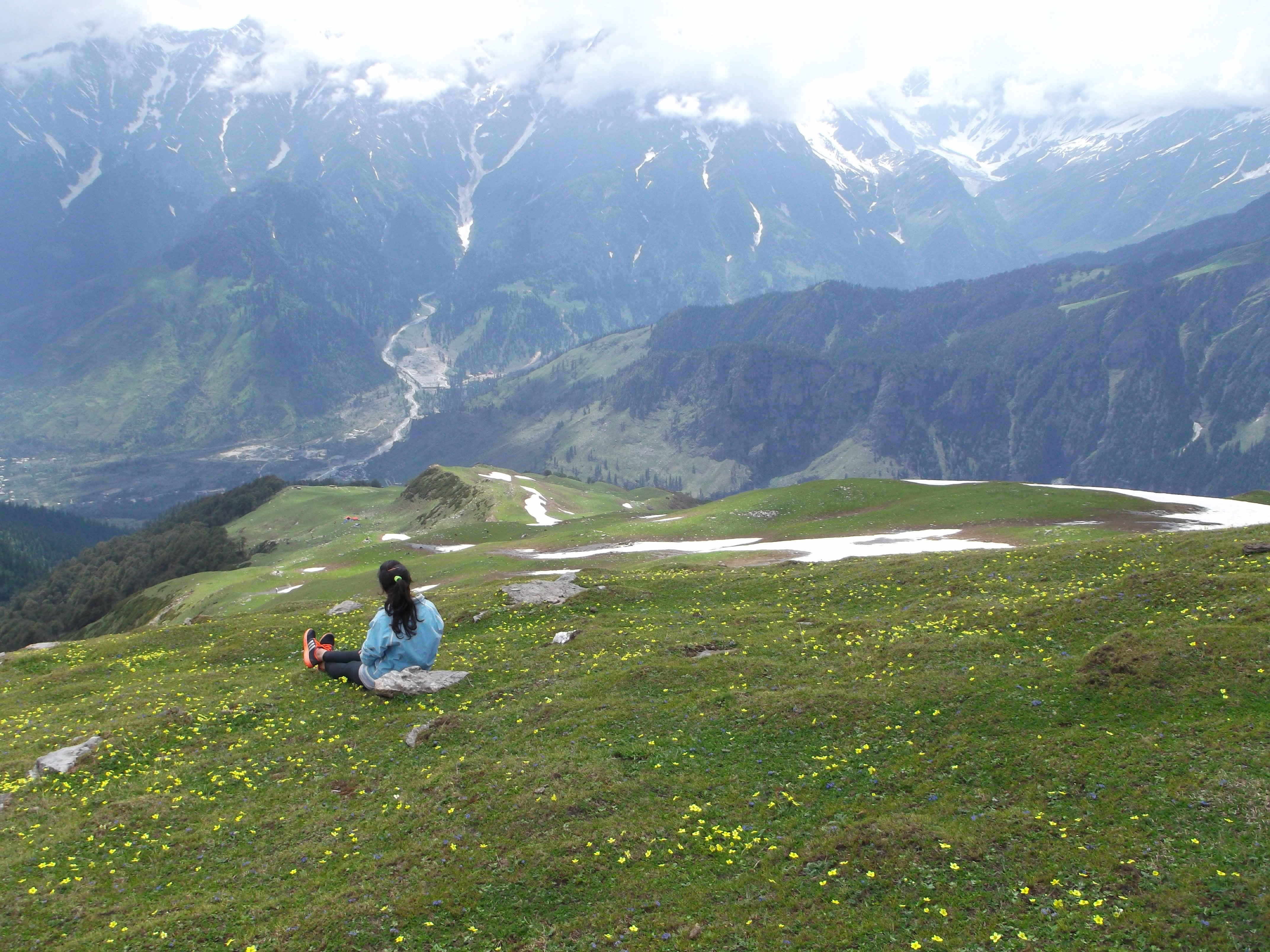
Treat your trek purely as a “me time with nature” not as a target to be achieved. Or a race to be won. Even if you can walk fast go slow on the days you start the trek. That gives your body ample time to adjust to the change in environment.
Keep yourself hydrated
For better acclimatization start hydrating yourself well before leaving home. Drink as much water/fluid as you can while in the mountains. Though no two hikers will need the exact amount of fluid to keep themselves hydrated but 4 to 6 liters is considered to be a good amount. Also add electrolytes (Electral, ORS) to your drinking water from time to time because you lose them from your body when you sweat. The best way to find out whether you are well hydrated or not is by looking at your urine. It should be a pale white or a clear colour and not yellow.
Eat well
It is mandatory to consume sufficient calories and nutrients to keep your body energised. Trekking/ hiking in high altitudes can be quite energy consuming and draining. Five to six small meals spread over the day is the appropriate way to keep yourself charged up. Also, carbs replace depleted muscle glycogen and require less oxygen for metabolism. So in a nutshell, carbs are easier to digest and the preferred energy source at altitudes. The higher you go , the more you will need to consume carbs. Avoid spicy, oily and sugary food.
Sleep well
Want to stay up late with your clan over beers? Sounds like a great idea. Or maybe not! Proper sleep is very necessary for the body to recuperate well before the next days of hike or altitude gain. Lack of oxygen may make sleep fitful and disturbed. Additionally if you are sleeping in tents, the ground may not be smooth and leveled everywhere, making lying down inside the tent a little uncomfortable for you, even if you are using camping mattresses. There are certain tricks to help your body get some rest at the end of the day. Early dinners are perfect for the mountains. Use your backpack or a few extra clothes as a backrest so that your upper body is slightly elevated when you lie down. Avoid using any kind of technology, which will interfere with your body system, making it difficult for you to wind down for a peaceful sleep.
Keep your heads covered but ears open

The human body has areas through which heat is released to regulate our body temperature. These areas are skull, groin, armpits and extremities like fingers and toes. A lot of blood flows around these areas and they flow close to the surface of the skin allowing a good loss of body heat. So in altitudes you need to protect these areas of the body and keep them warmest. Now the layers of clothes we wear take care of the groin and the armpits. Socks and shoes take care of your toes. It’s the head and the palm and fingers that need attention. Ears are considered to be good sensors of atmospheric conditions to the brain. So until and unless there is a blizzard, leave them open during hikes.
Regulating body temperature
Keep yourself dry and retain your body heat. You will perspire during the daytime as you walk on the trails. Change into dry undergarments and clothes as soon as you reach camp. Wet clothes tend to give you a cold as soon as the temperature drops. Do not forget to pack in a lightweight, two piece rain suit or a poncho wherever you go. Weather Gods are exceptionally moody in most of the Himalayan trails. Try to avoid cotton clothes during hikes because cotton holds on to your sweat and takes forever to dry. Choose your trekking apparel which are synthetic.
Climb high sleep low

Essentially it means sleeping at a lower elevation to that which you have ascended during the day. This way our bodies are triggered in acclimatizing to high altitude but we can rest better at slightly lower heights. Though this is the thumb rule, in many places it may not be possible to follow it. What do we do then? Wander around even after you have reached camp, explore the surroundings and help your body to acclimatize better. Do not sleep the minute you reach your destination.
Don’t sleep during the daytime
After you reach the campsite, ease out a bit. Do not get inside your sleeping bags or tents, rather take a walk around or do other interesting activities. This is also the time to follow “climb high and sleep low”, if you already have not done that in the course of the trek. If you are too exhausted or dizzy, take a rest and let your trek mates and trek leader know about your physical condition.
Do not consume Diamox without a consultation with your doctor
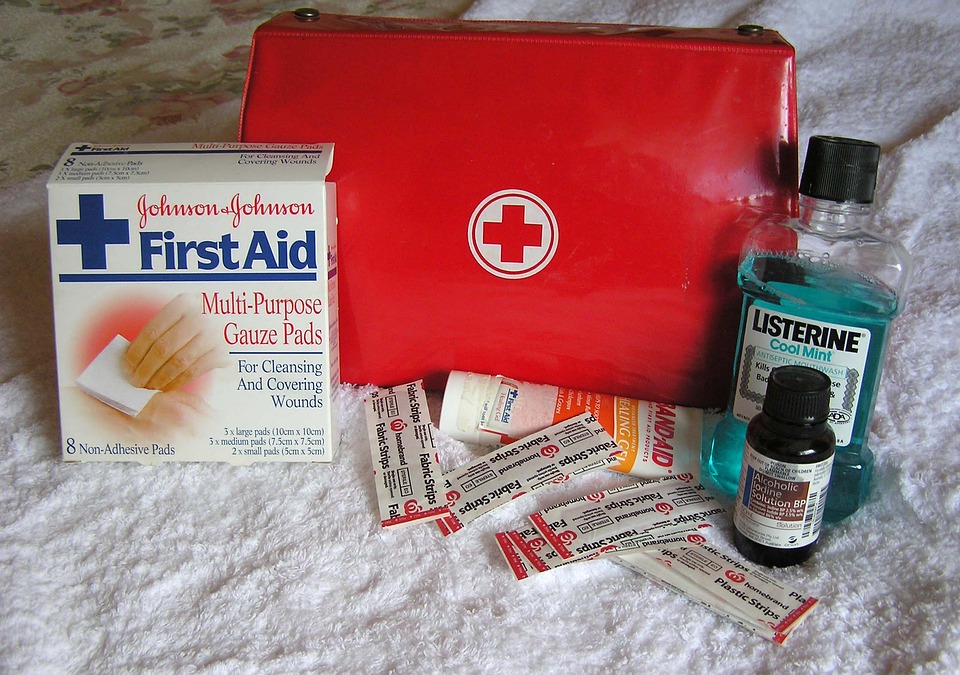
Diamox is a preventive measure against AMS. and there it is not a sure shot way of keeping AMS at bay. Moreover these pills are diuretic , so will make you pee even more. Diamox has a certain dosage which has to be started two days before the trek starts. It is best to have a discussion with your doctor regarding the use of this medication.
A little about smoking and drinking caffeine and alcohol in the altitudes
Smoking directly targets your lungs. The air already has less oxygen and smoke has now reduced the capacity of your lungs. Caffeine is again a diuretic so it’s best to take it in moderation. Alcohol in whatever form and even in small amounts causes vasodilation. Vasodilation is a state where your blood vessels dilate. This dilation causes the blood to flow towards the surface of the skin which essentially means the blood is pulling your core body temperature away to the skin surface resulting in heat loss. Hypothermia which again is a medical condition that can turn fatal, is as bad as AMS or perhaps even worse and along with the loss of body temperature you also lose fluids from your body. .
So if you are breathing heavily after a little exertion or feeling uncomfortable while sleeping, high altitude is getting to you and you need to acclimatize better. With the above simple tips, you can make your trek highly enjoyable and easy without worrying about your health. Remember, not acclimatizing can be fatal. So pay heed to it, and trek happily!

